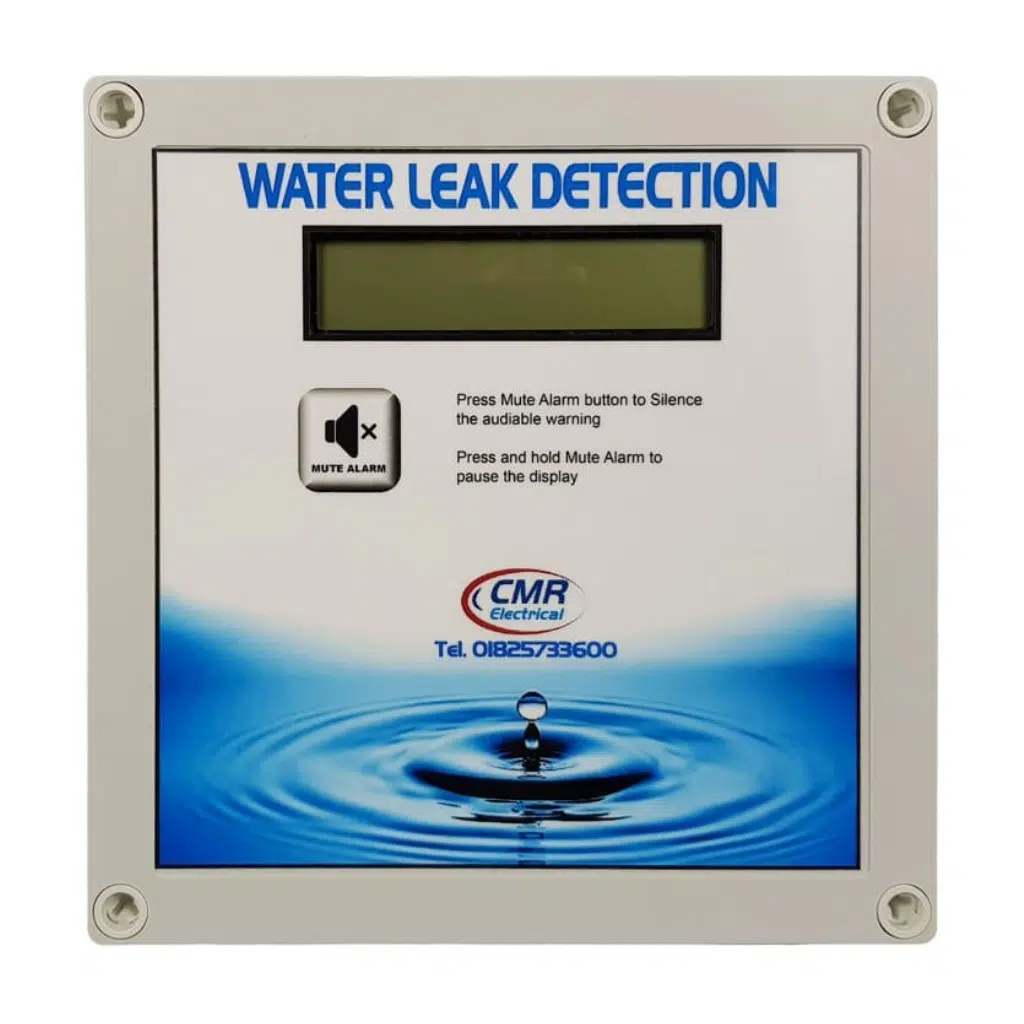Just How Specialist Water Leak Detection Can Save You Money and Avoid Damage
Cutting-edge Solutions for Early Discovery of Water Leaks in Structures and Facilities
From innovative leakage discovery modern technologies to the deployment of IoT sensing units for real-time monitoring, the landscape of leak prevention is developing rapidly. Automated water flow analysis systems are reshaping how leaks are determined and attended to, leading the method for a positive technique to water leak detection.
Advanced Leak Discovery Technologies
Advanced leak detection technologies, outfitted with innovative sensing units and algorithms, play an essential role in swiftly determining and determining water leakages in different settings. These technologies employ a mix of acoustic, thermal, and electro-magnetic sensing techniques to discover leakages precisely. Acoustic sensing units spot the sound of leaving water, enabling precise localization of the leakage resource. Thermal imaging spots temperature level adjustments brought on by water leak, offering another efficient method for leakage identification. Electromagnetic sensors can identify changes in magnetic fields brought on by water, providing yet another layer of leakage discovery ability.

IoT Sensors for Real-Time Surveillance
In the world of contemporary water leakage discovery, the combination of IoT sensing units for real-time surveillance represents a crucial development in boosting positive leakage discovery abilities. These sensors supply constant tracking of water systems, providing real-time data on water circulation prices, stress variants, and temperature level changes. By leveraging IoT modern technology, these sensors can discover even the tiniest abnormalities in water use patterns, making it possible for early recognition of potential leaks before they intensify into major issues.
IoT sensors transfer data to a centralized platform, where advanced algorithms analyze the information and create signals or alerts when abnormalities are detected. This real-time surveillance capability permits homeowner or facility supervisors to without delay resolve leaks, lessening water damage, reducing fixing prices, and saving water resources.
Furthermore, IoT sensing units can be integrated with structure administration systems, enabling for automated feedbacks to identified leaks, such as shutting off water shutoffs or activating pumps to minimize the effect of leaks. On the whole, the application of IoT sensors for real-time surveillance dramatically improves the efficiency and performance of water leakage detection in structures and facilities.
Artificial Intelligence Algorithms for Leak Forecast

One key benefit of utilizing artificial intelligence for leakage prediction is its ability to continually discover and enhance its precision in time. As even more information is collected and fed right into the algorithm, it can improve its predictions and adjust to transforming conditions, inevitably boosting the reliability of leakage discovery systems.
Furthermore, equipment discovering algorithms can aid in identifying refined signs of leakages that may go undetected by conventional surveillance techniques. water leak detection. By assessing complicated information sets in real-time, these formulas can provide very early warnings and informs, permitting timely treatment and preventive upkeep to mitigate possible water damages and connected costs
Using Thermal Imaging for Leak Discovery
Thermal imaging innovation provides an encouraging method for discovering water leakages in various systems and facilities. By making use of infrared radiation and temperature variances, thermal read this imaging cameras can determine covert leakages that are not conveniently visible to the naked eye. When water gets away from pipelines or frameworks, it commonly transforms the temperature level of the bordering location, creating temperature differentials that thermal video cameras can catch. These temperature irregularities are after that converted right into noticeable images, highlighting the exact location of the leakage.
One of the key advantages of thermal imaging for leakage discovery is its non-intrusive nature. Unlike conventional methods that might require getting into wall surfaces or floorings to find leaks, thermal imaging permits for non-destructive testing. This not just saves time and decreases costs but also minimizes disturbance to the building or facilities being examined. Furthermore, thermal imaging can swiftly check big areas, offering a detailed overview of possible leak sources in a timely fashion. Generally, making use of thermal imaging innovation boosts the efficiency and precision of water leakage discovery, making it a useful tool for maintaining the honesty of buildings and frameworks.
Automated Water Flow Analysis Solutions
How can automatic water flow evaluation systems transform the discovery and administration of leakages in various systems and infrastructures? Automated water flow evaluation systems offer a proactive technique to leak detection by continually checking water flow rates and patterns. By developing standard information, these systems can rapidly recognize discrepancies that might show a leak, enabling timely treatment to avoid extensive damage.
These systems make use of advanced formulas to evaluate real-time information and give instant signals when anomalies are identified, permitting quick activity to be their explanation taken. Additionally, automatic water circulation evaluation systems can be integrated with building administration systems or IoT systems, improving overall effectiveness and enabling remote tracking capacities.
In addition, the information accumulated by these systems can be made use of for predictive upkeep objectives, aiding to determine prospective weak points in the infrastructure prior to leakages occur. In general, the implementation of automated water circulation analysis systems can considerably improve leak discovery and monitoring methods, inevitably resulting index in cost savings, decreased water wastage, and increased sustainability in structures and facilities.

Final Thought
Finally, the integration of innovative leakage discovery modern technologies, IoT sensing units, machine learning formulas, thermal imaging, and automatic water flow evaluation systems uses cutting-edge remedies for very early discovery of water leakages in buildings and framework. These innovations allow real-time tracking, forecast of leaks, and reliable discovery techniques to stop water damages and wastefulness. Carrying out these options can assist in maintaining the honesty and sustainability of water systems in numerous setups.